This is the content.php article
Month: February 2022
This is the content.php article
This is the content.php article
You’ve just launched a new landing page and notice something, well, different. After staring at your screen for a moment, you realize the logo is distorted and stretched. Not only that, but your brand colors look kind of “off.”
How in the world did this happen?
It was either a massive oversight. (Maybe. And if so, this is a bigger problem.) Or you probably didn’t have a company style guide in place for the people working on the page. (Probably this.)
Style guides are your best bet for keeping your brand on point and consistent in print, digital, or wherever else it appears.
And with 77% of companies finding themselves putting out off-brand content, this faux pas can leave people with a poor impression of your brand.
So What the Heck is a Brand Style Guide?
A few interchangeable terms are used to describe the how-to manual for communicating your brand: style guide, brand standards, or even a combination of the two as “brand style guide.”
No matter what you decide to call it, these guidelines serve as a rulebook dictating how brand graphics, messaging, and other elements should be communicated to the world.
And when followed, these rules are a near foolproof way to ensure the uniformity of your brand.
But brand consistency doesn’t just keep your visuals and messaging aligned. It also leads to higher revenue. 32% of businesses surveyed in the Lucidpress 2021 State of Brand Consistency Report cite a 10-20% increase in revenue due to maintaining their guidelines.
The Essentials of Brand Guidelines
Brand style guides can vary in size from a couple of simple pages listing basic information about logos or fonts. They can also be gargantuan wonders, spanning upwards of 200 pages like The NASA Graphics Standards Manual, which, yes, even has guidelines about how to treat the NASA logo on spacecrafts and satellites.

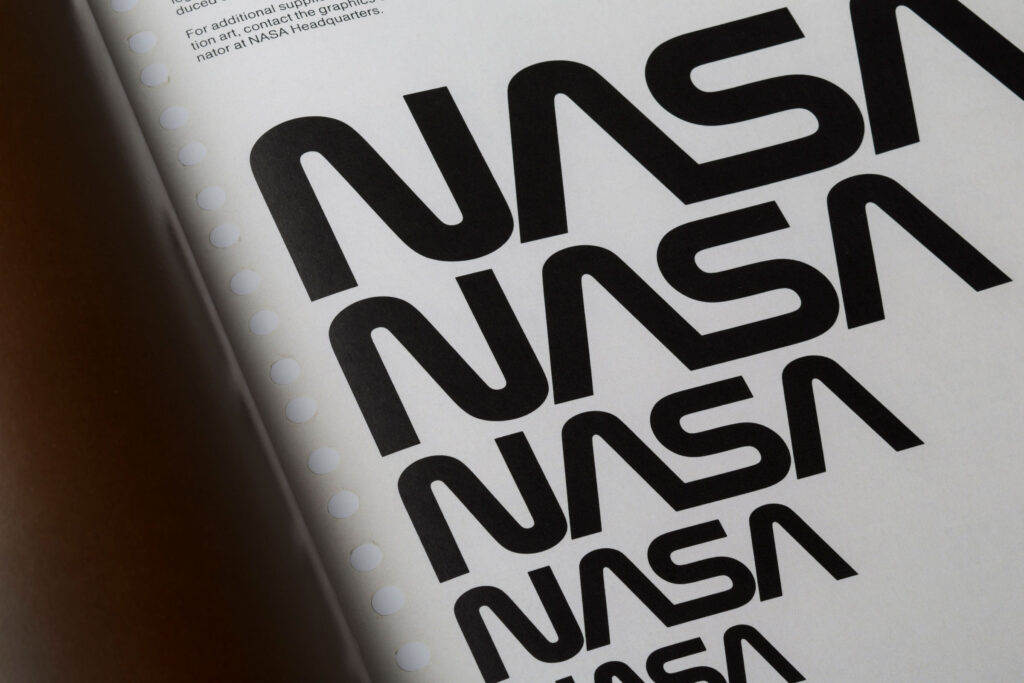
Regardless of how many pages a brand style guide has, it’ll cover a few standard themes. Here are the most common ones:
Logo Usage
In this section, you’ll find guidance on using company logos. It can include details about text lockups, colors, sizes, and what it should look like in horizontal and vertical positions. In the case of the International Coaching Foundations’ style guide, they break down exactly how their organization’s logo should be used in various formats. But more importantly, they demonstrate common logo errors that deviate from the brand.
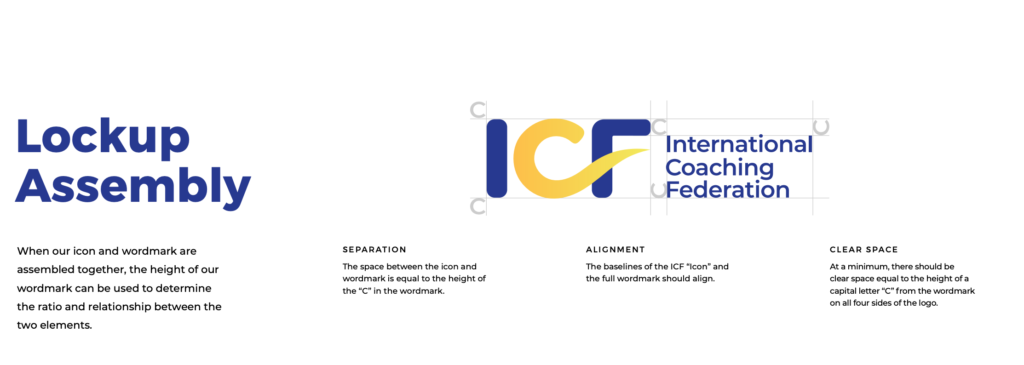
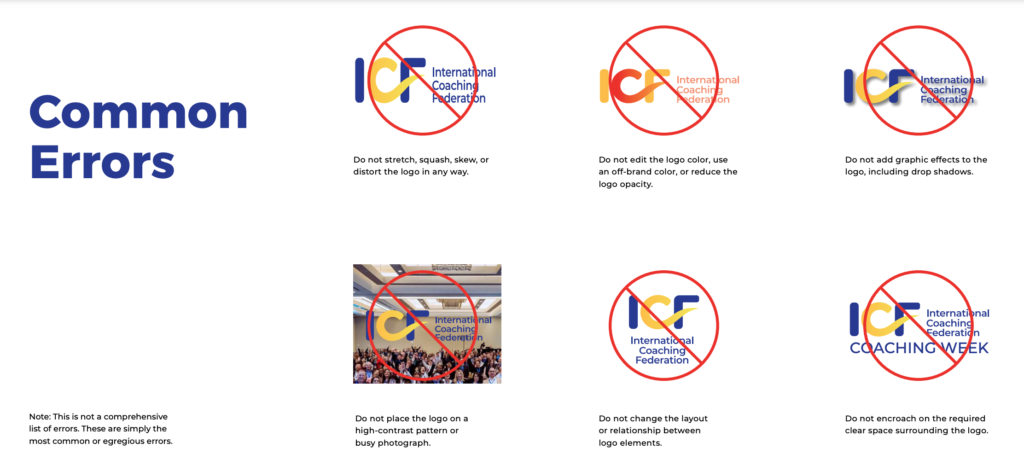
Color Palette
All of your brand’s colors will be shown and broken out into different swatches. Each swatch could include the numbers for print PMS or CMYK colors. It’s also common to add HEX or RGB values, which developers refer to. As an example, Spotify’s digital brand standards give readers instructions for their color palette along with other usage requirements.
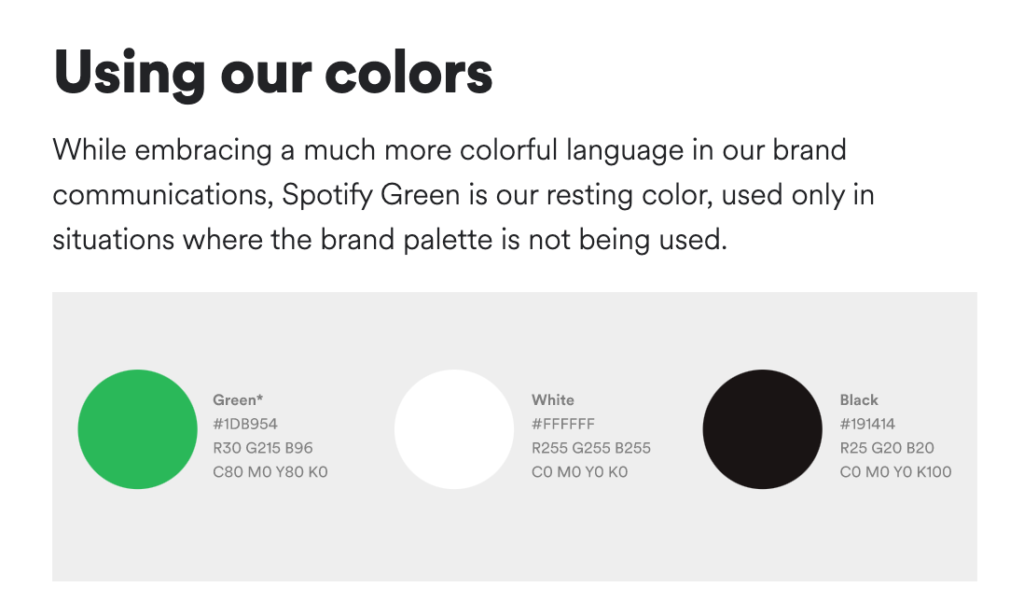
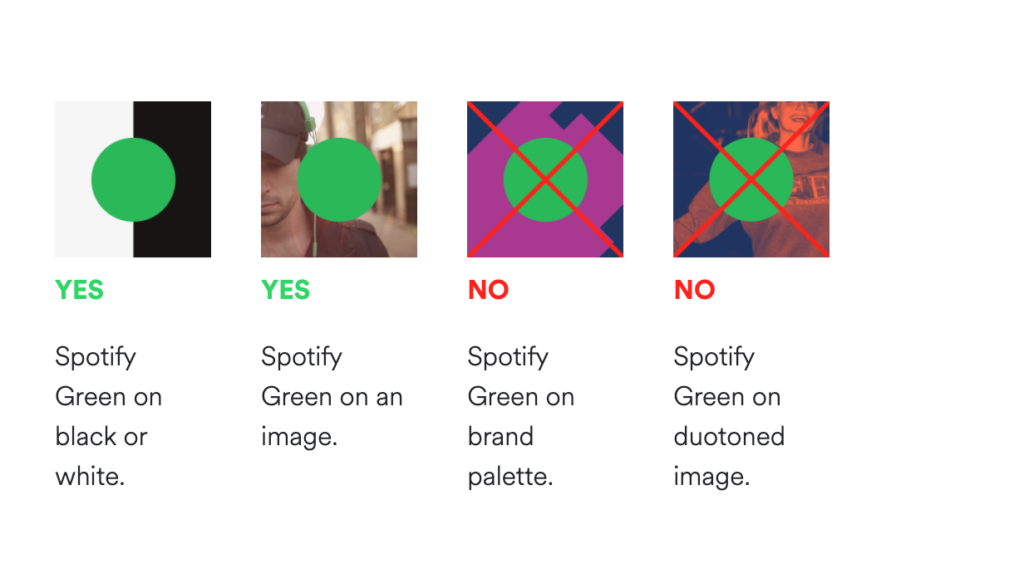
Typography
Instead of blindly picking random fonts, style guides also list the exact typefaces designers and internal teams would incorporate into headers, body copy, and other text shown in print or web. Some style guides even delve into more granular details about their fonts, as in the case of Royal Caribbean’s brand guidelines.
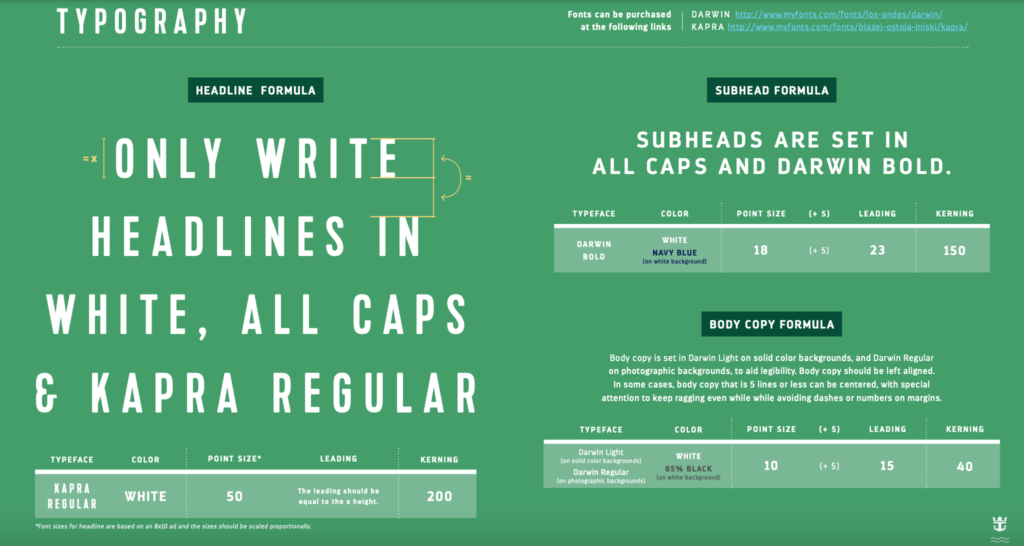
Image Usage
Style guides make it easy to choose images that are on-brand. Designers and other creatives can reduce the time it takes to source photos, making it easier to churn out sales and marketing pieces. Clothing brand Urban Outfitters photography guidelines state how their retro, everyday imagery helps their customers “live the life of an Urban Outfitters girl or guy.”

Tone & Voice
Each brand has its own personality and communication style. And establishing the messaging guidelines helps create a consistent voice for every application. Mailchimp’s content style guide gives readers direction about writing empowering copy for the brand. At the same time, they put their goals and values front and center, so people understand what drives the company.
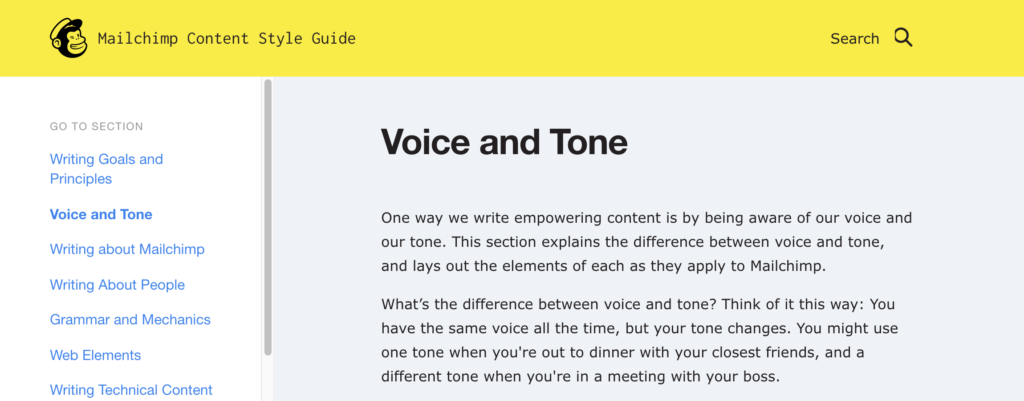
How Can You Use Brand Standards in Your Business
By definition, style guides provide direct for internal teams and outside vendors like graphic designers, video production companies, and printers executing on a company’s brand. They produce everything from internal communications initiatives to digital campaigns, and these guidelines simplify the design and production process.
With the time between campaigns becoming shorter and shorter, templates based on an established brand style guide make it easier — and faster — to launch without having to recreate the wheel each time.
Businesses can serve branded content and promotions to different audiences and provide the same experience whenever they interact with the brand.
And when people hear your brand’s name, it should conjure up a distinctive image because you’ve spent the time and energy upfront creating a comprehensive style guide that anyone can follow.
This is the content.php article
This is the content.php article
This is the content.php article


